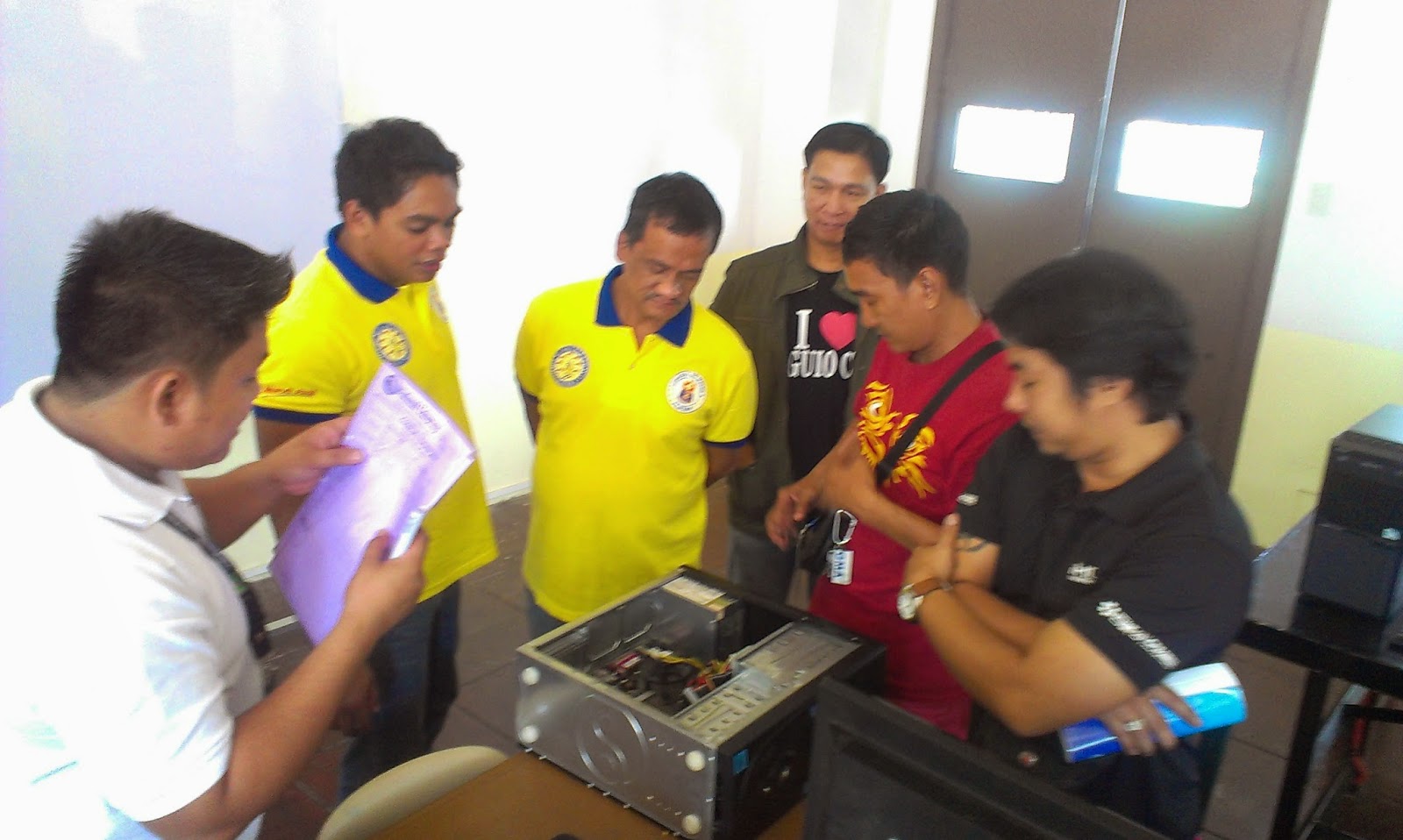Professor
Leon Chua received his MS and PHD degrees from the Massachusetts Institutes of
Technology and the University of Illinois at Champaign-Urbana. He is currently
a Professor of Electrical Engineering and Computer Sciences at the University
of California, Berkeley.
He
was the first recipient of the IEEE Gustav Robert Kirchhoff Award in 2005 and
was awarded the IEEE Neural Pioneer Award in 2000. He received many
international prizes, including the IEEE Browder J. Thompson Memorial Prize and
the IEEE W.R.G. Baker Prize. He is the recipient of seven USA patents and 12
Honorary doctorates from universities in Europe and Japan.
He
was elected a foreign member of the European Academy of Sciences and the
Hungarian Academy of Sciences. In 2010, he was awarded a John Guggenheim Fellow
and the Leverhulme Trust Visiting Professorship.
In
2011, he was awarded a Royal Academy of Engineering Distinguished Visiting
Fellowship within Imperial College London.
For nearly 150 years, the known fundamental passive circuit
elements were limited to the capacitor (discovered in 1745), the resistor
(1827), and the inductor (1831). Then, in a brilliant but underappreciated 1971
paper, Leon Chua, a professor of electrical
engineering at the University
of California, Berkeley, predicted the
existence of a fourth fundamental device, which he called a memristor. He
proved that memristor behavior could not be duplicated by any circuit built
using only the other three elements, which is why the memristor is truly fundamental.
Memristor
is a contraction of “memory resistor,” because that is exactly its function to
remember its history. A memristor is a two-terminal device whose resistance
depends on the magnitude and polarity of the voltage applied to it and the
length of time that voltage has been applied. When you turn off the voltage,
the memristor remembers its most recent resistance until the
next time you turn it on, whether that happens a day later or a year
later.
Chua
discovered a missing link in the pair wise mathematical equations that relate
the four circuit quantities-charge, current, voltage, and magnetic flux-to one another. These can be related in six ways. Two are
connected through the basic physical laws of electricity
and magnetism, and three are related by the
known circuit elements: resistors connect voltage and current, inductors
connect flux and current, and capacitors connect voltage and charge. But one
equation is missing from this group: the relationship between charge moving
through a circuit and the magnetic flux surrounded by that circuit.
These
Memristor has the properties of both a memory element and a resistor (hence
wisely named as Memristor). Memristor is being called as the fourth fundamental
component, hence increasing the importance of its innovation.
Leon Chua said:
"Since our brains are made of memristors, the flood gate is now open for
commercialization of computers that would compute like human brains, which is
totally different from the von Neumann architecture underpinning all digital
computers."
Memristor technology also promises dense, compact memory packages,
on par with the density capability of a biological brain. Memristors can be
made extremely small, at nanometer scales. Already HP labs have designed
circuits that mimic aspects of the brain. Transistors are used as neurons,
nanowires in a crossbar network act as axons and the memristors at the cross
points act as synapses. In the future, even the transistors might be replaced
by memristors.







































































